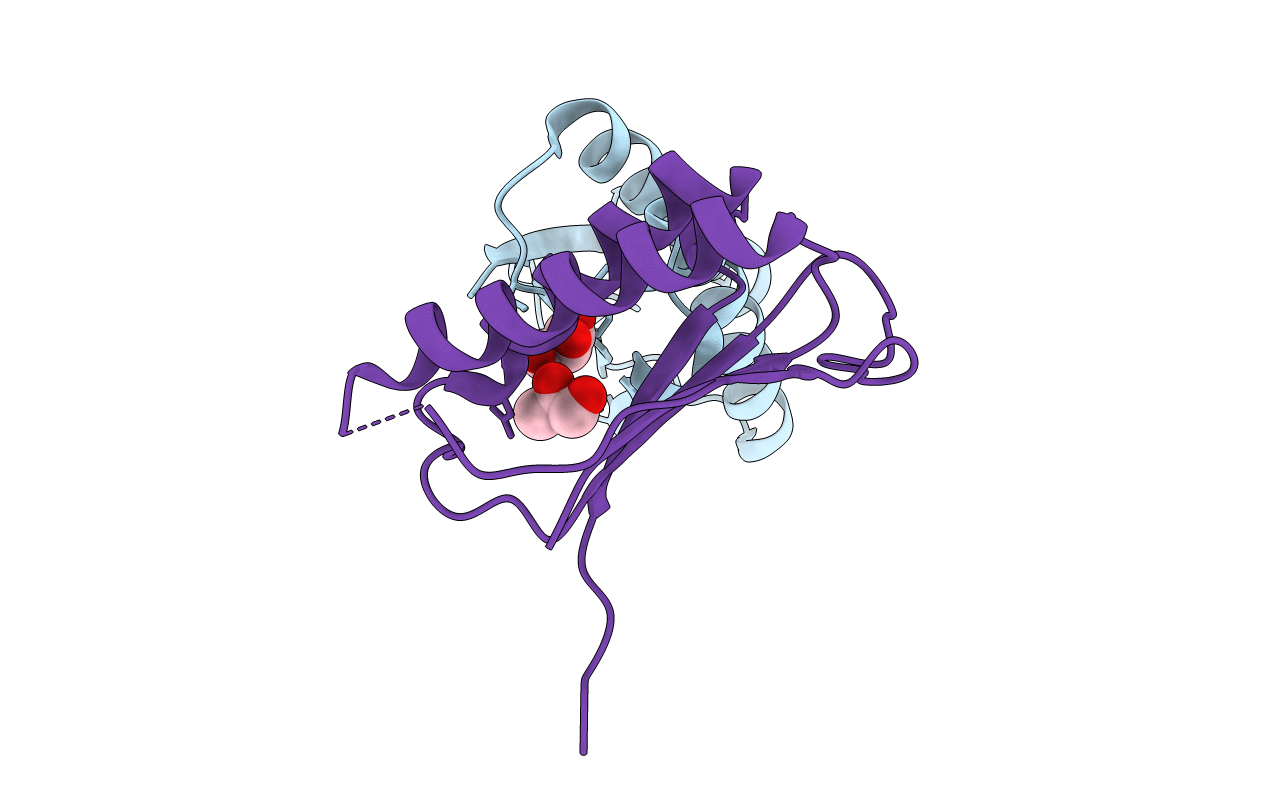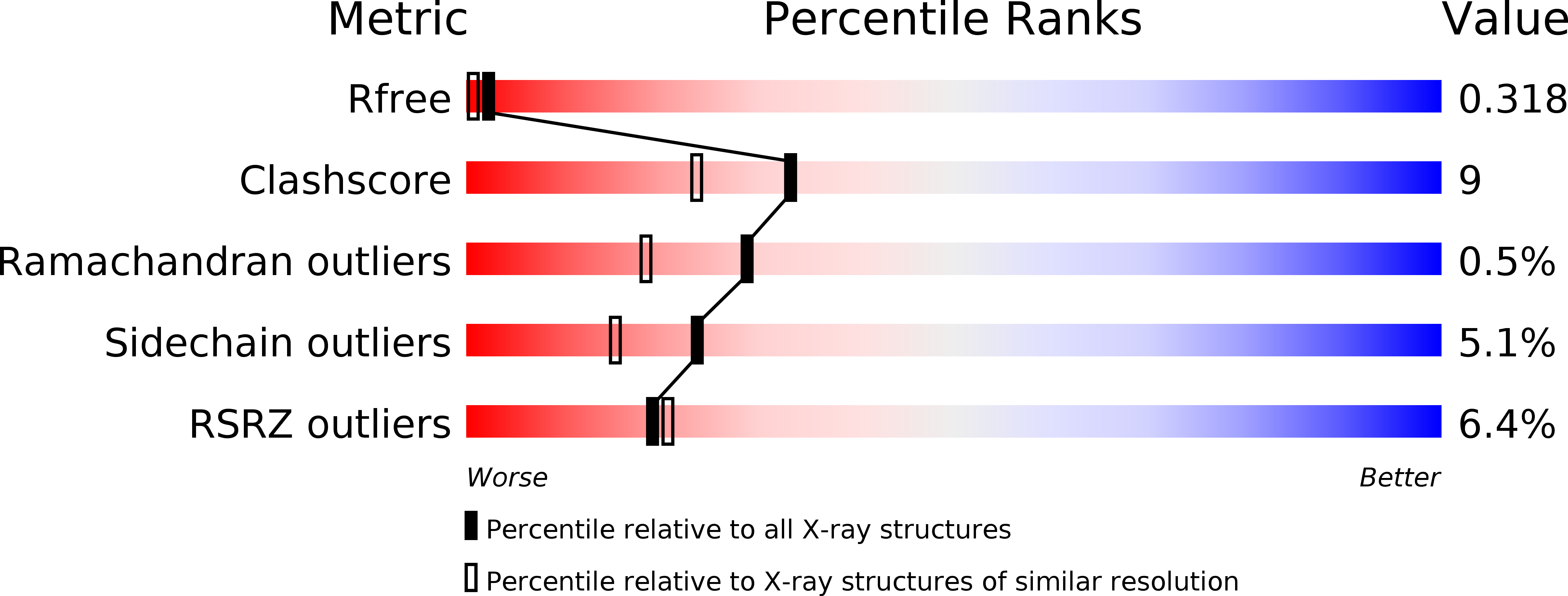
Deposition Date
2009-06-11
Release Date
2009-10-27
Last Version Date
2024-11-20
Entry Detail
PDB ID:
2WKF
Keywords:
Title:
Crystal Structure of Macrophage Migration Inhibitory Factor from Plasmodium falciparum
Biological Source:
Source Organism:
PLASMODIUM FALCIPARUM (Taxon ID: 36329)
Host Organism:
Method Details:
Experimental Method:
Resolution:
2.05 Å
R-Value Free:
0.32
R-Value Work:
0.24
R-Value Observed:
0.25
Space Group:
P 21 3


